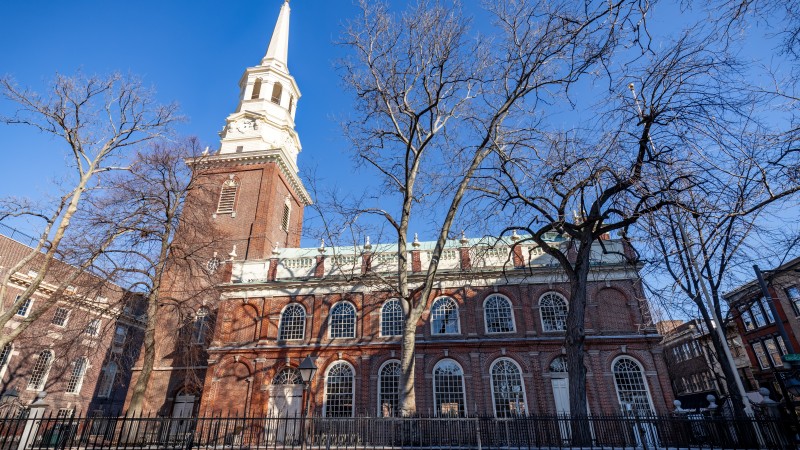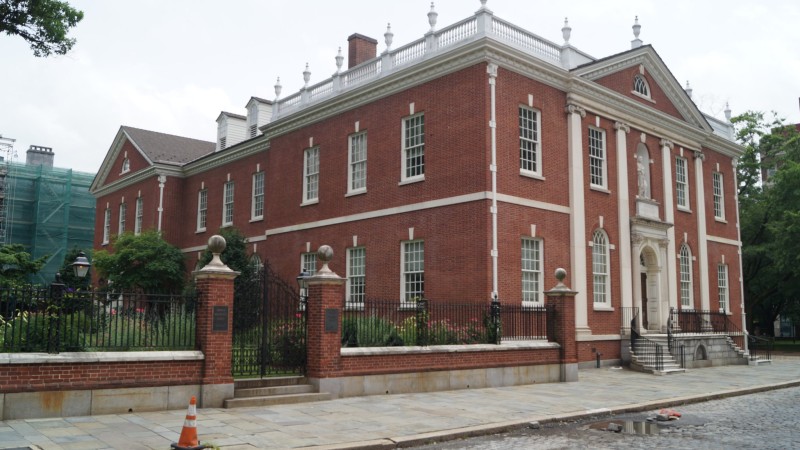× Close Menu
-
Arts & Culture in Philadelphia
- Film Locations in Philadelphia
- Gardens & Arboretums in Philadelphia
- Historic Philadelphia
- Literature in Philadelphia
- Museums in Philadelphia
- Music in Philadelphia
- Performing Arts in Philadelphia
- Public Art in Philadelphia
- Sculpture Gardens in Philadelphia
- Wineries in Philadelphia
- Film Locations in Philadelphia
-
Fun with Kids in Philadelphia
- Arcades in Philadelphia
- Batting Cages in Philadelphia
- Bowling Alleys in Philadelphia
- Day Care Centers in Philly
- Go Karts in Philadelphia
- Kid Friendly Restaurants in Philadelphia
- Mini Golf in Philadelphia
- Rock Climbing Philadelphia
- Roller Skating in Philadelphia
- Summer Camps in Philadelphia
- Philadelphia Zoos
- Arcades in Philadelphia
- Outdoor Adventure in Philadelphia

















